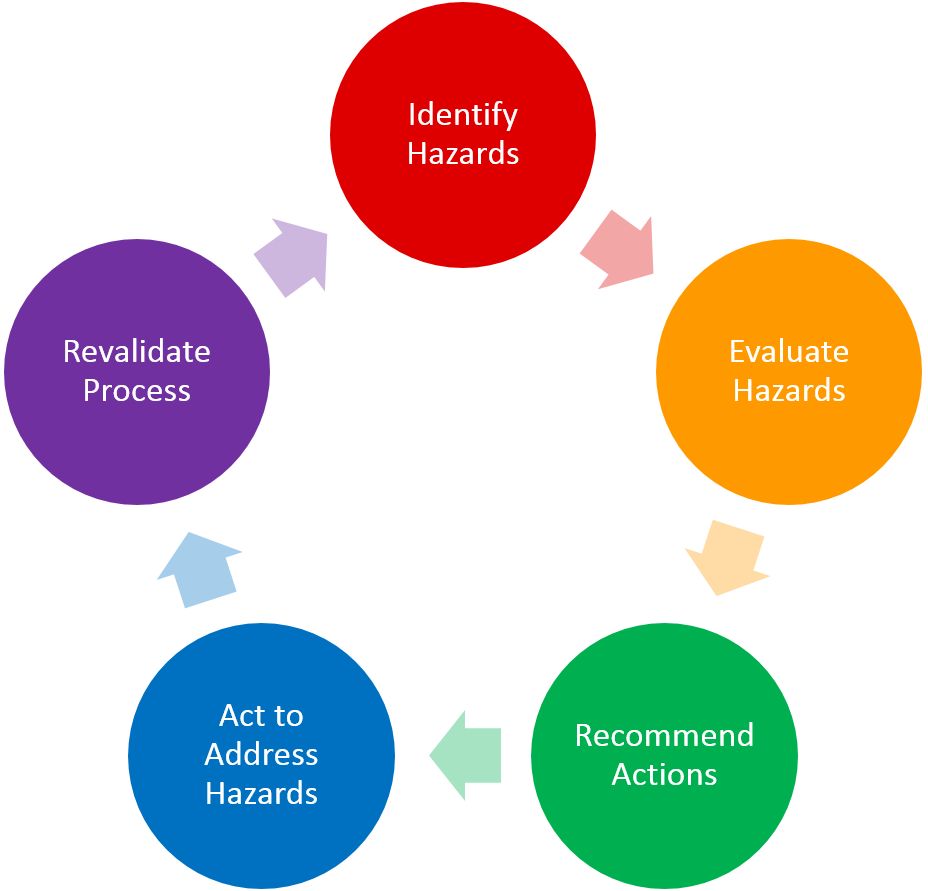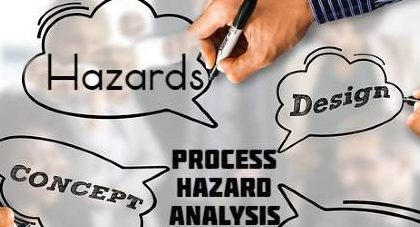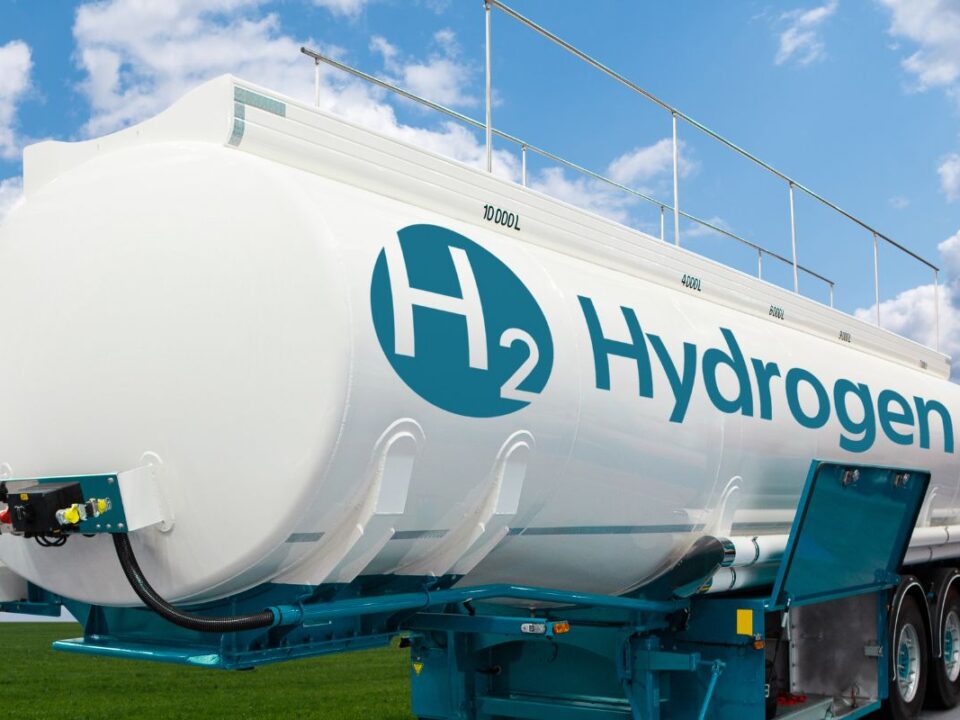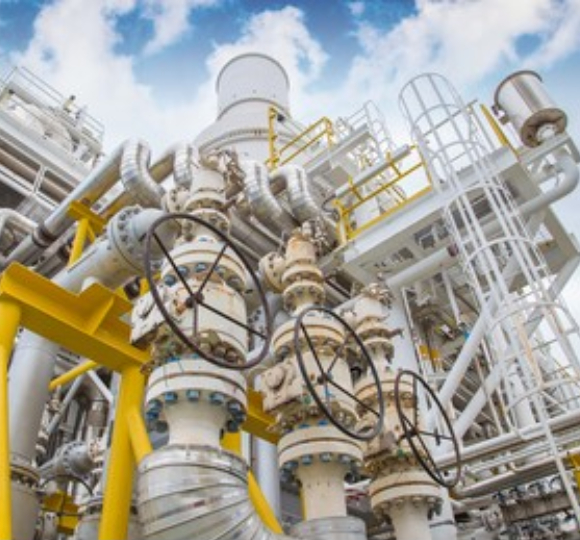What is a process hazard analysis and when it must be conducted?

HAZOP STUDY: The Cornerstone of Effective Risk Management
June 24, 2021
Behavior-Based Safety: 4 Key Concepts and Benefits
July 15, 2021Process hazard analysis, also known as PHA, is one of the most critical elements of process safety management. This method of analysis identifies safety hazards and possible contributing factors within areas of expertise such as engineering, operations, and chemical manufacturing. A process hazard analysis needs to be conducted for processes that have the potential to release hazardous energy that presents a risk to employees and is part of an overall process safety management program. A process hazard analysis must also be conducted for a new or altered process before it begins operating. Keep in mind that process hazard analyses are required with some of the more common processes, but there are many other processes that need to have a process hazard analysis conducted as well.
There are many reasons for the presence in any production facility of people whose duties might be characterized as hazardous. In such places, there are also safety hazards associated with some of the equipment, operations, and materials used in the manufacturing processes. A process hazard analysis helps to identify and evaluate these hazards. This is because it creates a visual representation of a process. By seeing a process laid out in this way, a team can then look at all stages of the process that may lead to injury or damage if action is not taken to prevent it.
7 items to address in your PHA
- The hazards of the process
- Any previous incident that resulted in disciplinary action against the employee outside of the workplace
- A full complement of safeguards, monitoring systems, and procedures are implemented to ensure continued compliance with regulations.
- Failure to achieve high availability and disaster recovery could impact a company’s reputation. It could cost money, time, and resources.
- Facility siting
- Human factors
- A qualitative evaluation
Need of process hazard analysis
No business is an exception from risk and harm. And the ever-increasing penetration of IT into areas of business operations increases the scope of associated hazards in process design and execution. This makes companies search for an effective conceptual framework and practical techniques for performing hazardous processes analysis (HPA) to ensure safety by eliminating, controlling, or mitigating hazards. Many organizations fail to accurately assess process hazards because they don’t have a framework to follow, they are unaware of the specific steps and tools required to perform process hazard analysis.
It is to be noted that the process hazards analysis is not an attempt of a company to identify all possible types of risks/accidents related to its organization and to come up with mitigative corrective and preventive measures for them. Although such considerations are also essential, the primary objective of this analysis is to somehow handle the inherent potential issues which can widen the scope of accident practice and can cause bigger losses in the future.
Process hazards (also known as process risks or process risk management) are threats to the profitability, safety, or well-being of a process. The hazards can be caused by a variety of factors and can appear in several different forms from simply being too dangerous or messy to damage an industrial machine to outright disasters. Industrial engineers, including me, view these risks as opportunities to improve product quality and increase efficiency.
When process hazard analysis must be conducted?

In any industry, it is really necessary to be aware of the process hazards and conducting a Process Hazard Analysis (PHA). PHA is a procedure that helps in identifying the potential hazards within a process and reducing them. This article tells you about when process hazard analysis must be conducted, so that, you can take some steps to avoid any incidents or accidents.
Analyzing the operations of any business will expose different types and levels of risks. Some of these risks are so high in nature that they need to be taken seriously right away. No company can ignore them and move on with their daily activities. This is when the process hazard analysis must be conducted so that everyone gets to know all the inherent dangers which they face on a daily basis and how to handle them in a proper manner. Process Hazard Analysis is a mandatory procedure that should be performed by all organizations for every process, as per the Occupational Health and Safety Act (OHSA), prior to any maintenance or operators training/familiarization being conducted.
Advantages of process hazard analysis
Process hazard analysis is a form of workplace hazard analysis that focuses on specifically identifying and dealing with risks involved in a particular process. It is best known for its use in manufacturing facilities to increase worker safety and even ensure a company’s compliance with regulatory standards.
Process hazard analysis, when applied to equipment and processes, is a tool that aims to identify potential hazards, especially those that have implications for health, safety, or the environment. Often abbreviated as PHA, process hazard analysis is undertaken in many industries and sectors, not just the chemical sector. In this article, we take an illustrated look at some of the key advantages of process hazard analysis.
Defining and describing the hazards in a workplace is valuable. The way we go about managing the risks of these hazards, on the other hand, is what makes it worthwhile. Process hazard analysis (PHA) is a method that focuses on identifying and managing the hazards in a factory. It involves an elementary description of processes contributing to product safety. Once identified, PHA goes on to formulate strategies for the reduction of human errors and also helps us minimize risks associated with these hazards. A PHA can be performed at any phase of the product development life cycle. If a process has safety requirements in its design and engineering documents, these can be used during the PHA process to ensure that all hazards are identified. Occasionally a hazard that has not been considered may be identified in the PHA process, and it is important that these are evaluated in order to reduce the likelihood of the risk occurring during operation.
How we can help
- Online/Onsite Training and Certifications
- Safety Audit and Documentation
- Implementation
To conduct PHA in your organization, please contact us at info@thesafetymaster.com or +91 7665231743.



